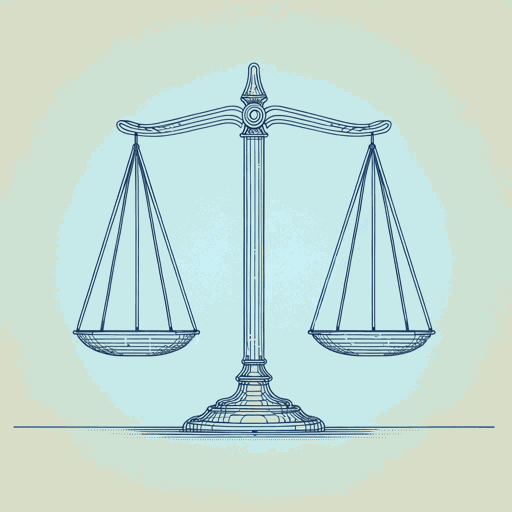44 pages • 1 hour read
Mary L. DudziakCold War Civil Rights: Race and the Image of American Democracy
Nonfiction | Book | Adult | Published in 2000A modern alternative to SparkNotes and CliffsNotes, SuperSummary offers high-quality Study Guides with detailed chapter summaries and analysis of major themes, characters, and more.
Background
Socio-Historical Context: African American Civil Rights
The history of African American civil rights begins with the enslavement of Africans that had been practiced in the United States from its founding, especially in the South. In the aftermath of the US Civil War (1861-1865), the Fourteenth Amendment to the US Constitution legally abolished slavery. The period of Reconstruction was supposed to see the Southern United States reintegrated into the union, as well as the establishment of some civil rights for formerly enslaved people who were now free. However, after a period of seeing formerly enslaved people elected to political office and winning some rights, there was a violent backlash from white Southern politicians. This saw the rise of the Jim Crow laws, which forced Black people to be segregated from whites and limited the rights of Black people, including their right to vote.
There were a number of prominent African American activists in the post-Reconstruction era, including Booker T. Washington. There were a few victories, such as the establishment of Black colleges in the South and in Washington, DC, the spread of successful Black businesses mainly in urban areas, and the founding of the NAACP. However, there were also outbreaks of violence by white mobs against Black people, such as the 1898 Wilmington Massacre, the 1906 Atlanta race riot, and the 1921 Tulsa Race Massacre.

